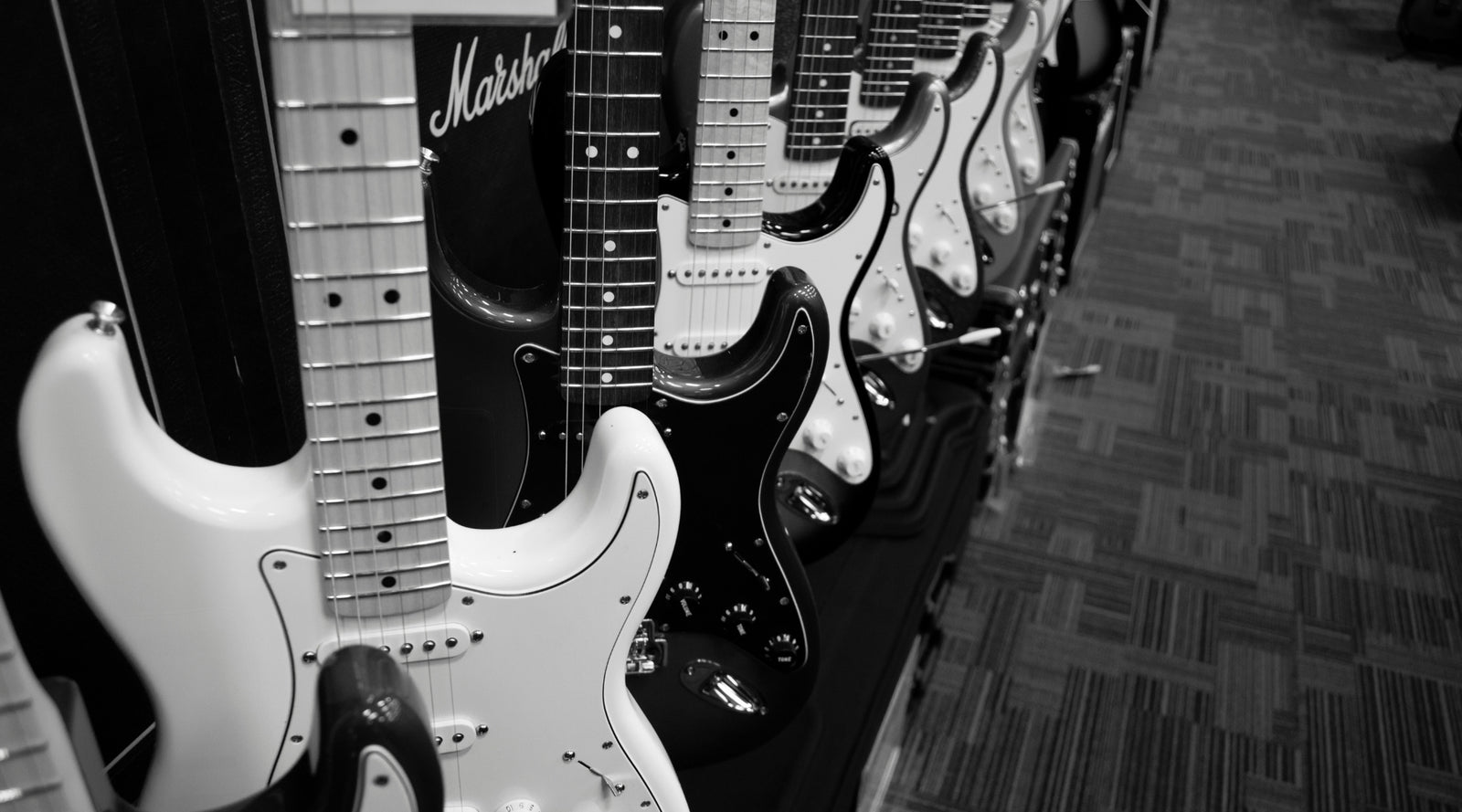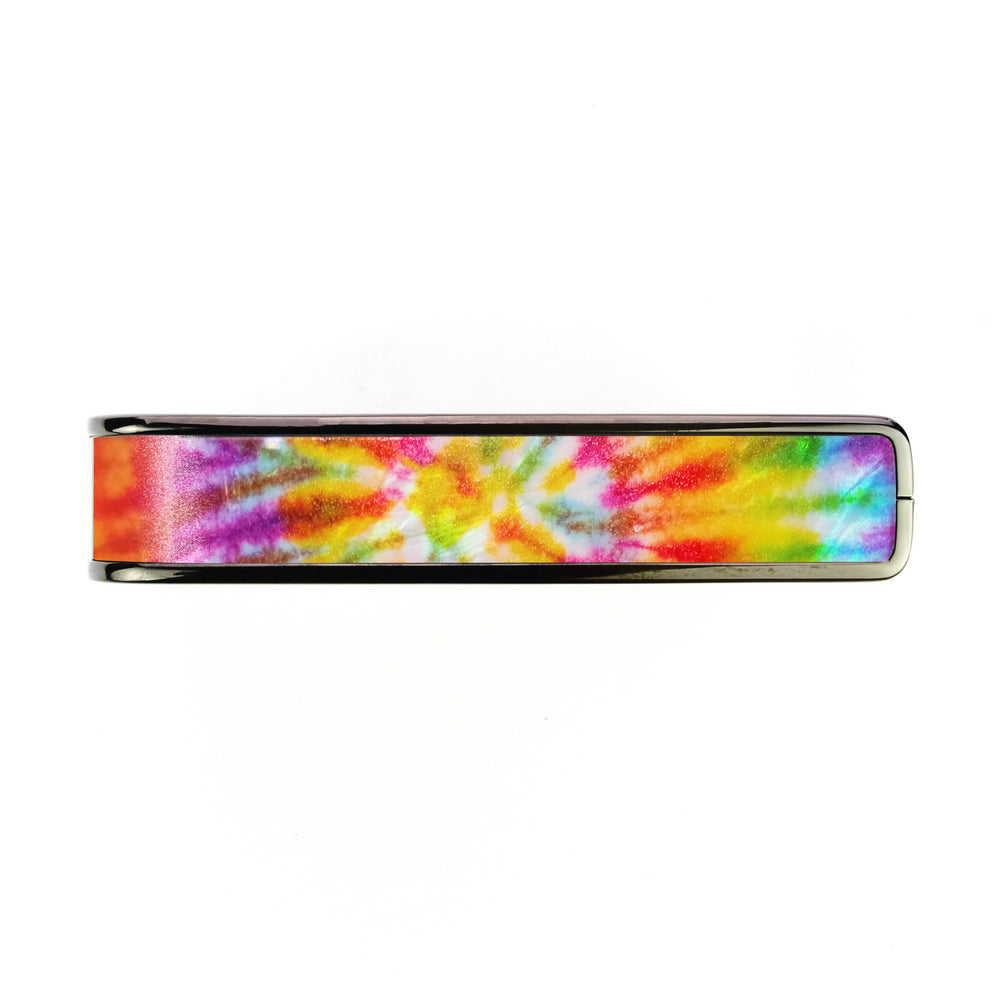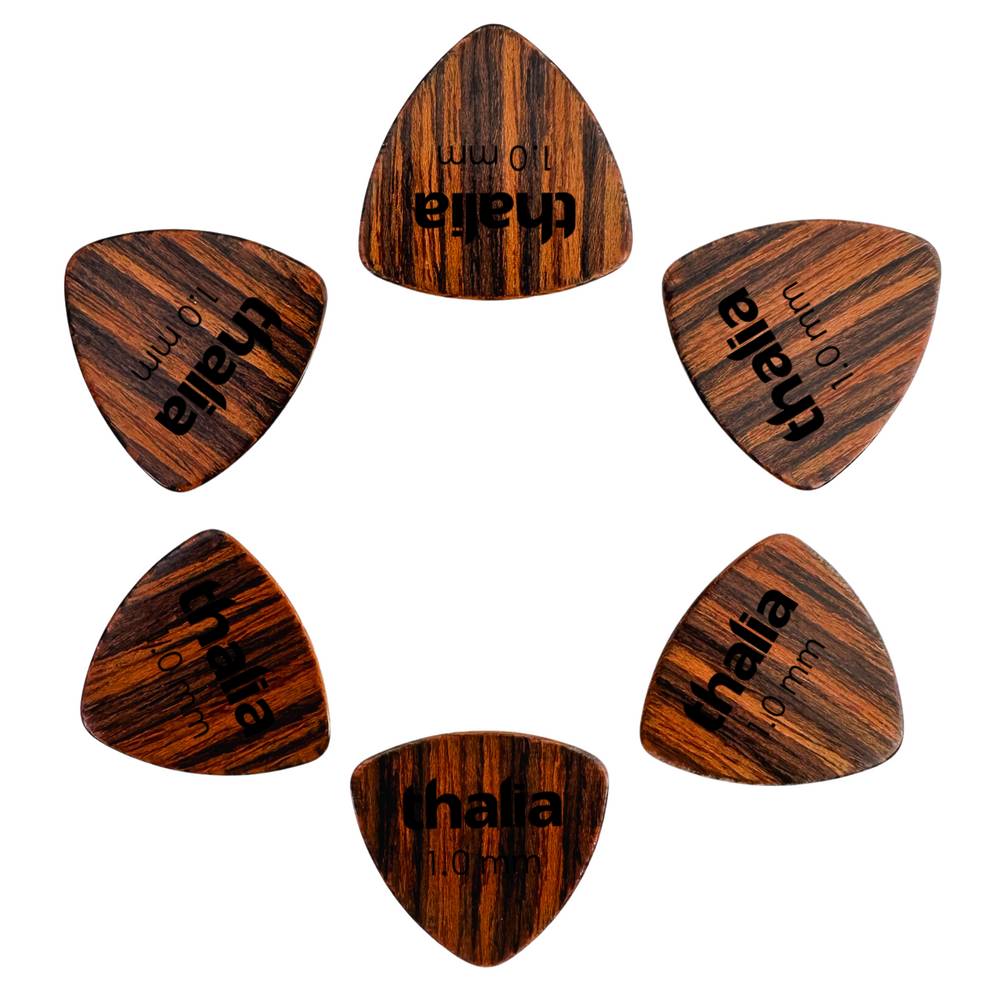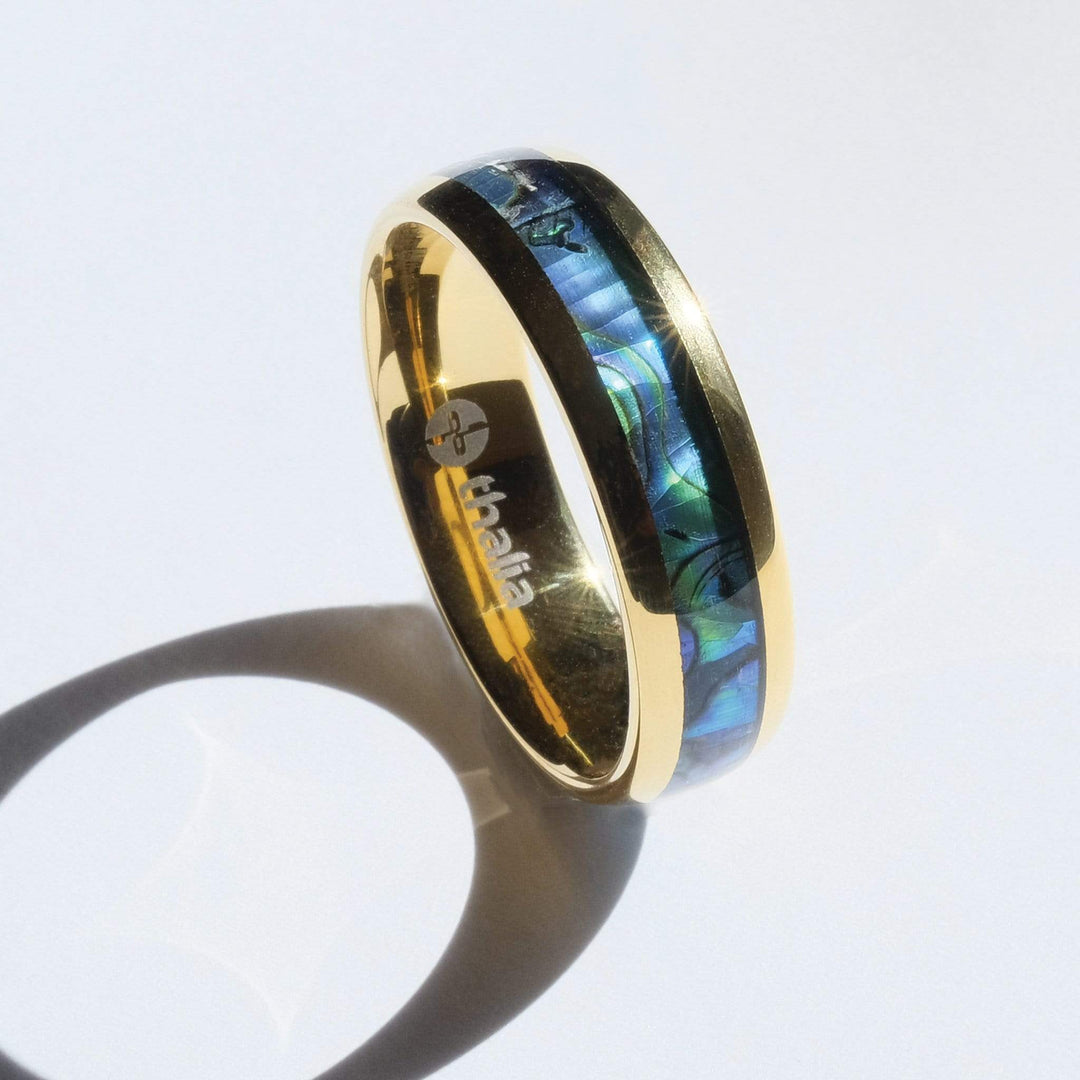The Genius of Hendrix: Embellished Chords and “Little Wing”

Jimi Hendrix was a guitar genius.
How’s that for an obvious statement to start a guitar article?
Sometimes though, the most obvious points bear repeating, and this is definitely the case with Jimi.
When most people think of Hendrix’s guitar mastery, it’s the soaring lead lines in “Voodoo Chile (Slight Return)” or the incendiary opening riff of a song like “Foxy Lady” that come to mind.
But focusing on those performances only gives you half the story. What made Hendrix so great, what made his legend live on long after his death, was his completeness as a guitar player.
Case in point, Hendrix’s rhythm playing, widely overlooked compared to his lead chops, is simply magisterial.
And, there’s perhaps no better example of that in the Hendrix back catalogue than the introduction to “Little Wing.”
On paper, the chord progression to “Little Wing” is pretty straightforward – Em, G, Am, Em, Bm–B♭,Am–C, G–Fadd9, C, D – and played straight, would probably make for a pretty generic sounding rock ballad.
In fact, when the Jimi Hendrix Experience first played it, that’s exactly what it was.
When Hendrix brought the song to producer Eddie Kramer during the sessions of “Axis: Bold As Love” in October 1967, it had a more standard rock feel.
But, listening back to their first few attempts at recording it, the guitarist and his band were underwhelmed, with the results. That’s when drummer Chas Chandler suggested a different approach.
The tempo was slowed down to somewhere between 70-72bpm (this, of course, was long before the days of click tracks) and the feel of the song was altered.
Crucially, the tempo change gave Hendrix’s guitar playing some breathing space.
And he used that space to utilize one of his signature guitar techniques: embellishing chords by sounding higher notes with his pinkie and creating melodic fills.
As Deciphering Guitar Theory notes, Hendrix embellished his chords using two approaches during the “Little Wing” intro.
In the first approach, he took notes diatonic to the key of the overall piece (which is E minor) to create the fills around the chords.
In the second approach, he drew notes from the key of the chord he was playing – introducing C Sharp in the B Minor bar and F natural in the second A minor bar.
The effect on the song was transformative. The chords were still stock, but what Hendrix did between the chords was much more interesting, and really brought the “Little Wing” intro to life.
It became softer, more soulful as a result, adding depth to the song and giving it a real dynamic power, especially when contrasted with the incendiary lead part that follows the verse.
In the process, what started as a straightforward rock ballad became a stone cold classic: one of the standout tracks in Jimi Hendrix's back catalogue.
So what can we learn from the “Little Wing” story?
To my mind, there are three take homes:
- True guitar mastery is about more than ripping solos.
- When you’re stuck in a creative rut, a single change in outlook can make a big difference.
- Embellishing guitar chords can have a transformative effect on your rhythm playing.
Have you experimented with embellished chords in your guitar playing? What do you think they can bring to a performance? Share your thoughts in the comments.





















